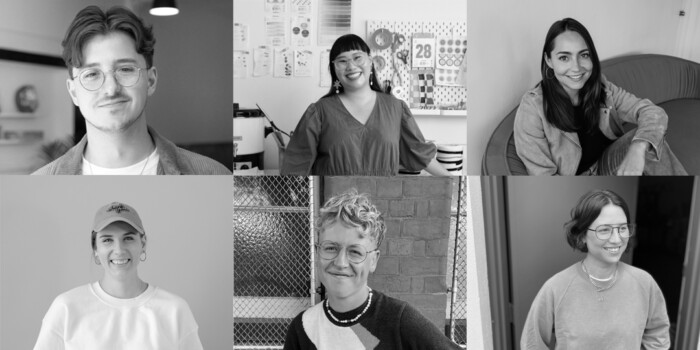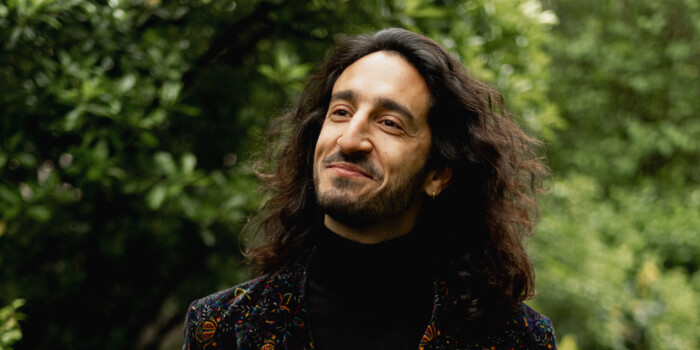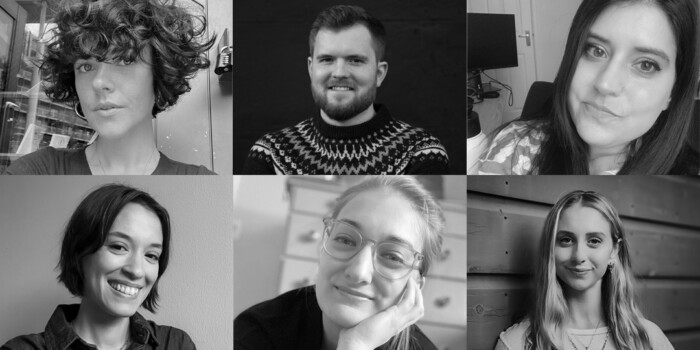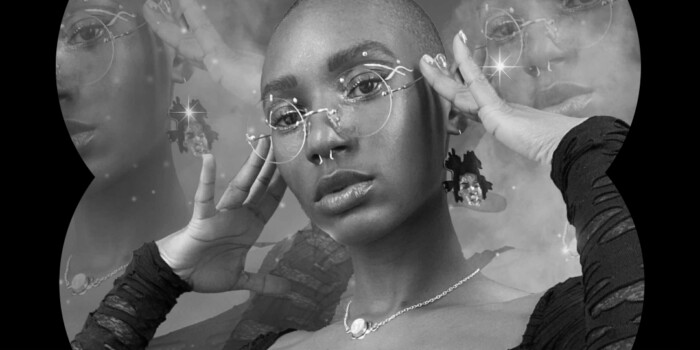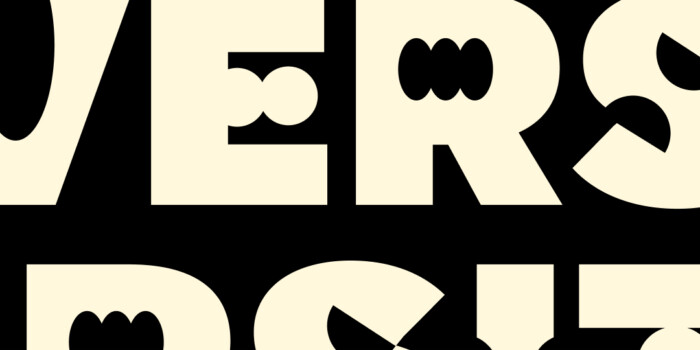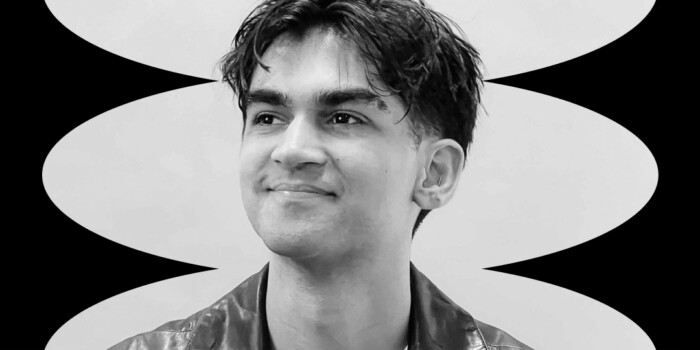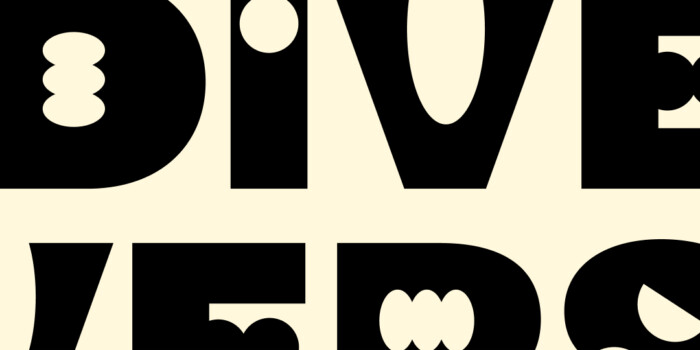A Visit from Nine Sixty
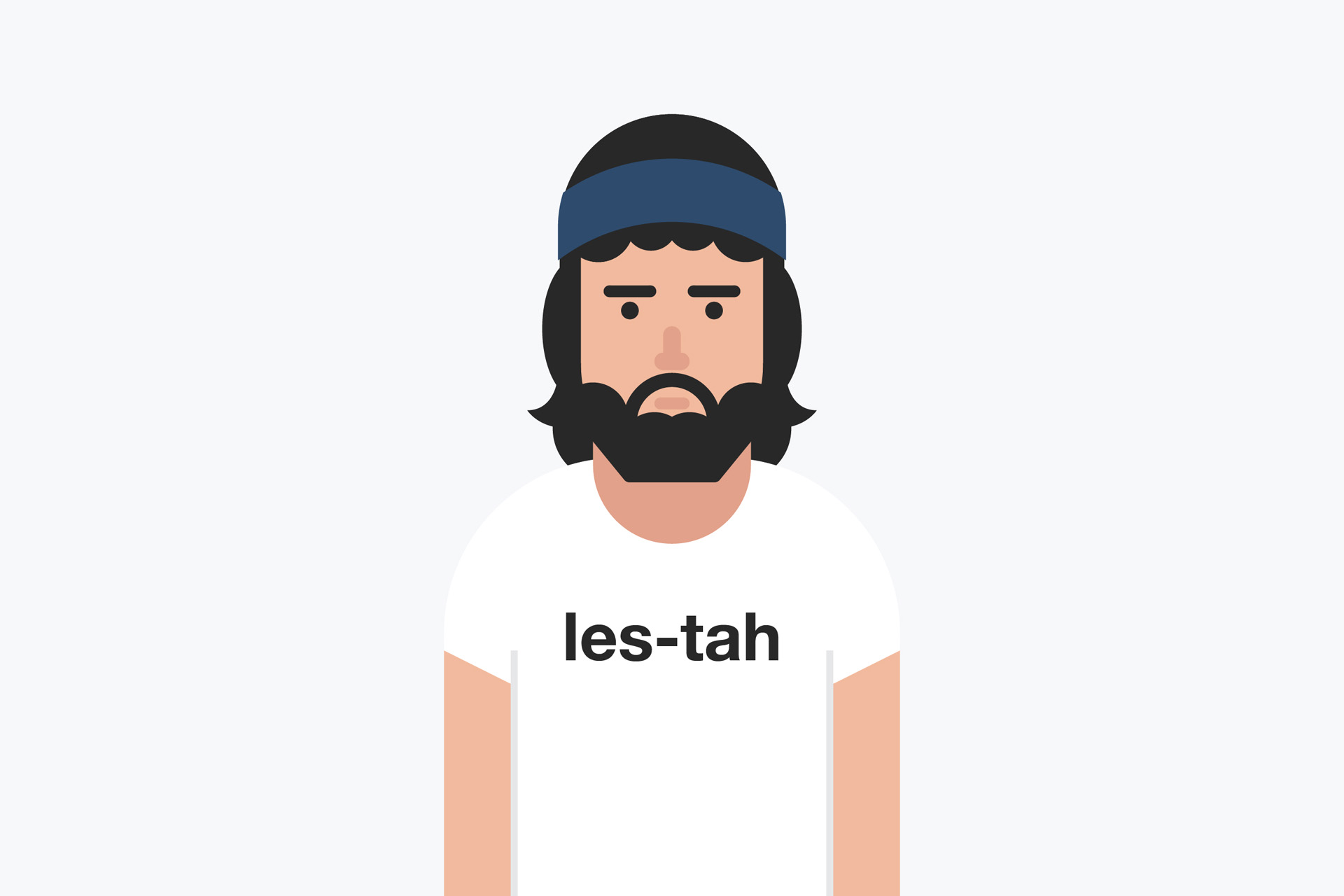
Industry Talks at Shillington are a great chance to find out more about some of our favourite design studios. We aim to invite in a range of studios to enrich our students minds with dazzling work, inspiring anecdotes and most importantly what’s possible for after the course. A recent visit from Manchester based studio Nine Sixty was no exception. We were thrilled to learn more about the small Manchester based studio who work predominantly on branding and digital projects.
Following their inspiring talk we followed up with a few questions which delved deeper into their process as designers as well as how they promote themselves as a studio and what they look for when adding a new member to the team! Read on to hear more from Andy Mallalieu and Mark Bebbington.
Nine Sixty is a small independent studio — do you have any thoughts on the advantages in working in a small studio compared to a larger one?
We find working as a small studio more rewarding and satisfying. We’re involved in projects from start to finish, we get to really know our clients, speak to them face-to-face, find out what makes them tick and build relationships.
Before Nine Sixty, Mark and I worked together at a larger agency. It was a great environment to work in and develop our skills but it was time to move on and do our own thing. We definitely feel we wouldn’t be in this position today without first gaining experience from being part of a team in a larger agency.
Your portfolio is comprised of a mix of branding and digital work, in which illustration often features. Would you say that illustration is becoming a more sought after medium from clients within these two genres?
We’re doing more and more illustration, it’s something we really enjoy. We find clients are really open minded towards illustration these days—this wasn’t always the case! When we worked on the website for 24 Lever Street, the brief was to deliver a creative/playful response to that talent that resides in the building—illustration was the perfect medium for this!


You have an active social media presence, sharing a range of professional and personal projects on your channels. Do you think social media is fast becoming an effective tool to share and discuss design?
Yes, definitely. It’s a great source of inspiration for us. It’s also a good way to keep up-to-date with trends, design tips and new software/techniques that might be worth investing some time in.
We’re big fans of Dribbble and Instagram—both are great to share snippets of work and show what we’re working on.
How do you normally approach a new website, can you give us a summary of the steps you’d take when working on a brief?
- Personas
We start by creating personas. They give us an understanding of different types of users of the product. Think about what the user needs, what would make their lives easier and how we can achieve this. - Wireframes
We wireframe the website to define the content hierarchy of each page. The personas allow us to consider how users will be interacting with the website and what they’re after from each page. Wireframing helps us focus on content and purpose rather than getting distracted by design style, it’s important to choose functionality over beauty (at least for now). - Design & Artwork
We create an initial design route to indicate a look-and-feel direction. Once we’ve agreed on the direction of the design with our client then we can roll this out and artwork each of the templates we’ve wireframed. It’s important to create a style guide and work to a grid that scales naturally across all devices and resolutions. - Development
We start development by building out the front-end of the website and then integrate this with a CMS. We complete the first stage of development by testing the website on popular browsers and devices. The client then has an opportunity to review and provide feedback. We’ll make amends, test again and then start to populate the website with content. - Launch
Pushing a project live may be the end of the initial brief, but once a website is live that should be viewed as a milestone rather than the end. From here it’s all about refining and improving, using feedback and analysing how users are interacting with your website.
What is your number one tip when designing for digital, any words of wisdom with regards to software, process or even research?
When designing for digital it’s important to understand that you don’t have control over how someone will be viewing your work. Your work needs to be flexible as it will be potentially viewed on mobile, tablet or desktop; users might be interacting with a mouse or on a touch screen.
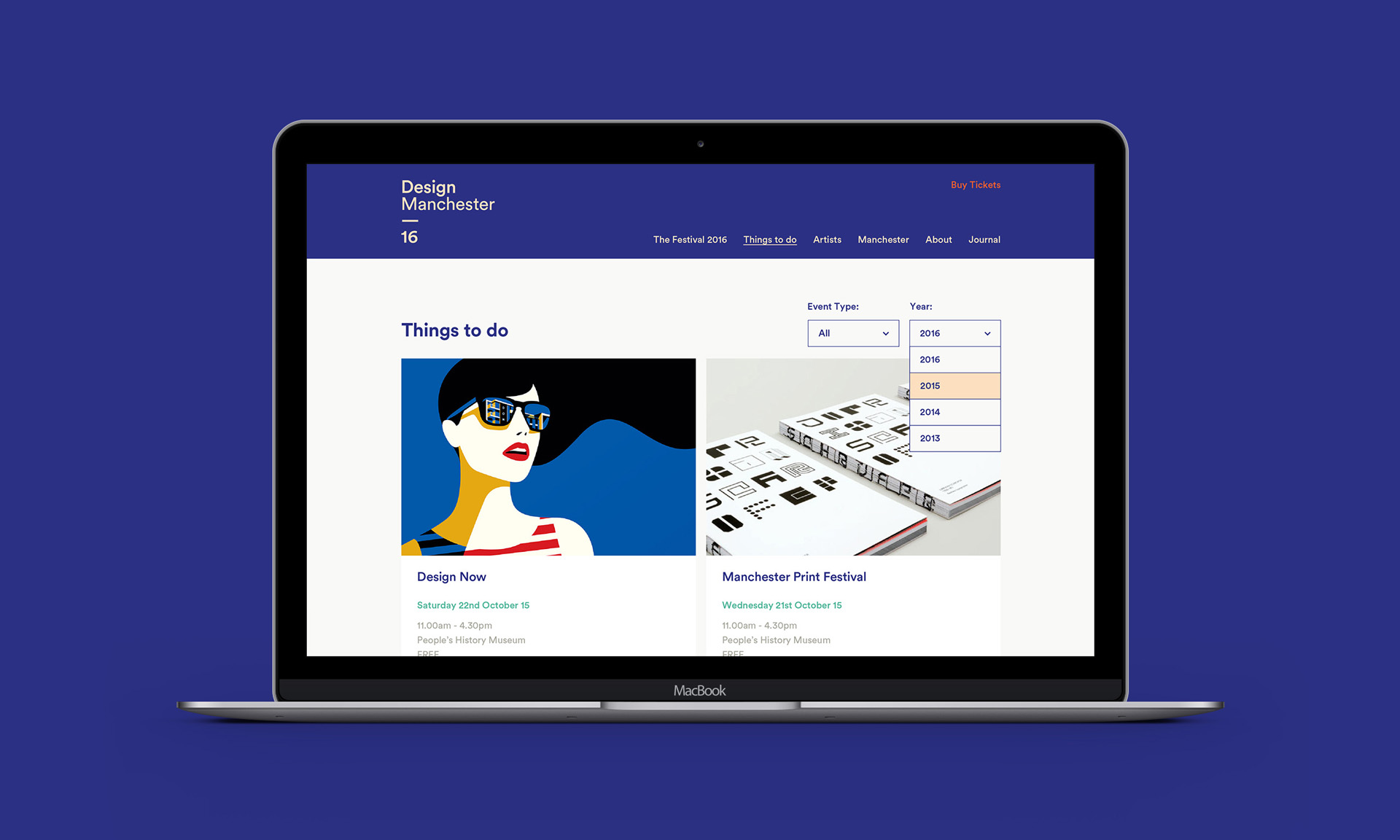
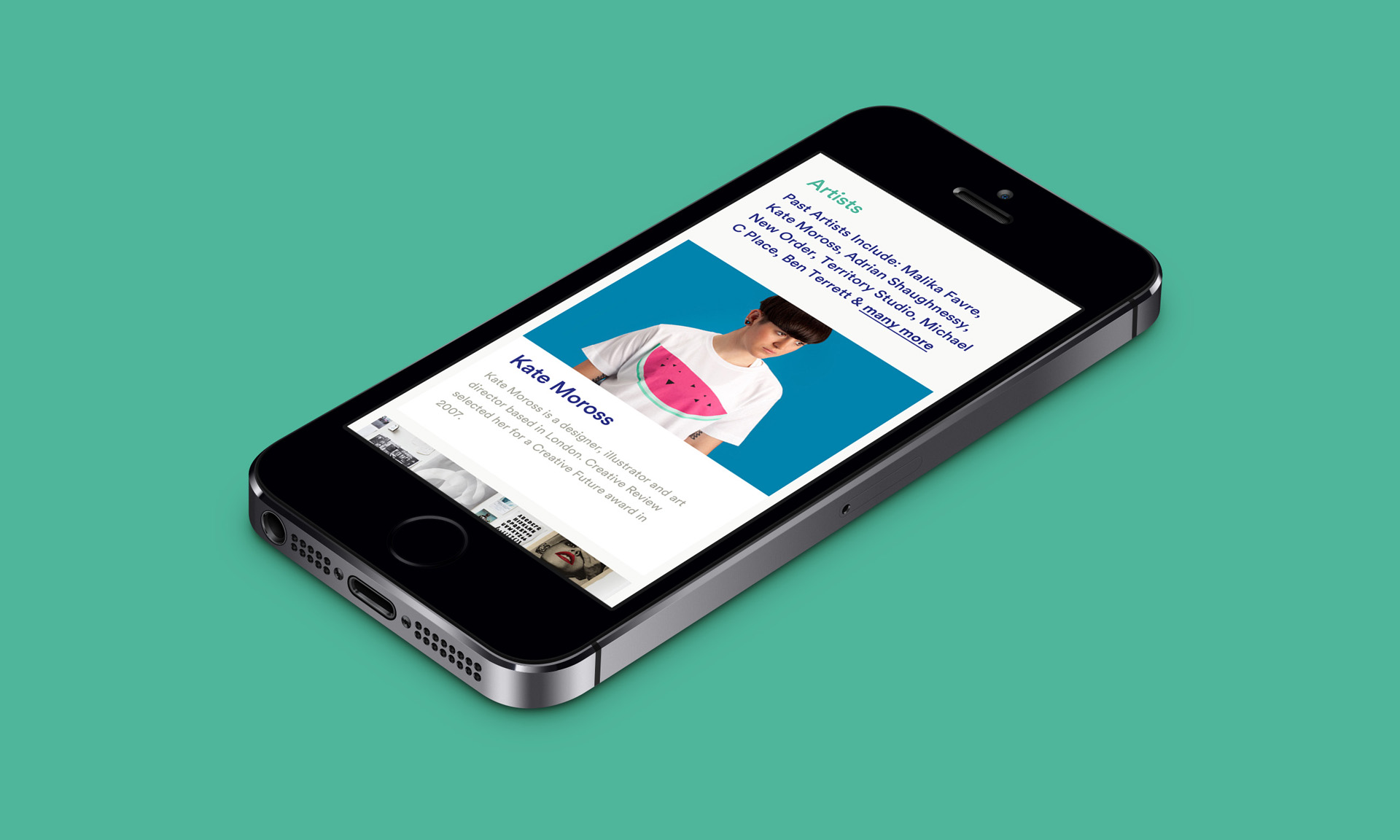
Our graduates are often so eager to get into the design world but sometimes become intimidated by the application process. What methods of application really impress you as an employer?
- Do your research —if it starts ‘Dear Sir/Madam’ we rarely read any further. It doesn’t take long to have a quick read of an ‘About’ page to find out who to send your email to.
- Tailor your portfolio to suit the studio—for example, we do a lot of digital work, so make sure you include some examples of web design.
- Get your personality across —we want to know if we’ll enjoy working with you and if you’re a good fit for the team.
We hope that helps, now go out there and land that dream design job!
If Nine Sixty looks like your perfect studio, head to their website to see more work. Keep up to date with their studio work and personal projects on Instagram.
Do you live in Manchester and want to learn more about graphic design? We have a full-time class starting in April and part-time classes in September. Go to shillingtoneducation.com for more details.
Want to win some amazing prizes and stay in the loop with all things Shillington? Sign up to our newsletter to automatically go in the draw.
